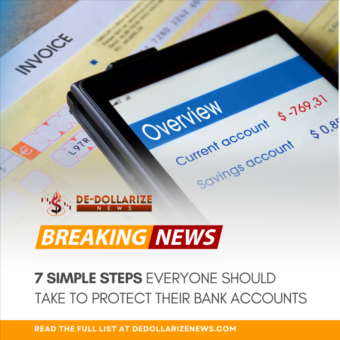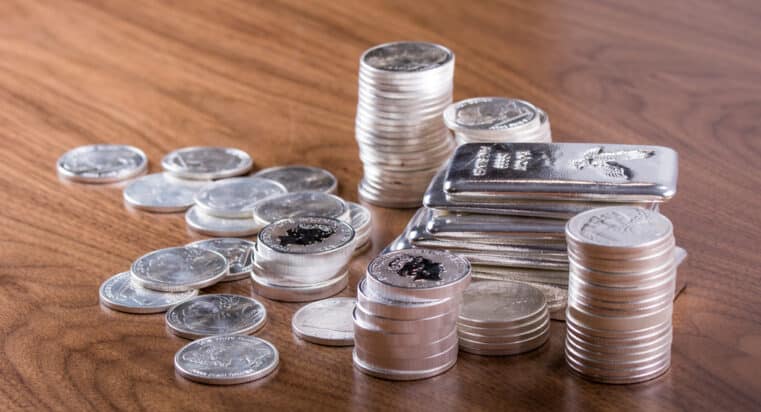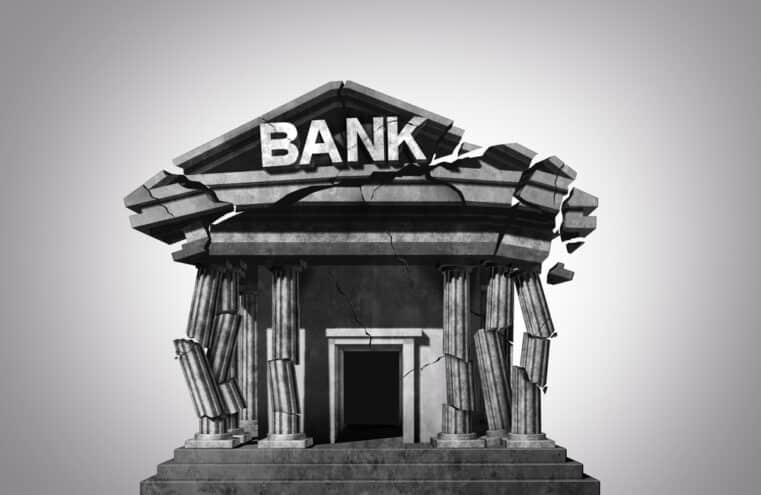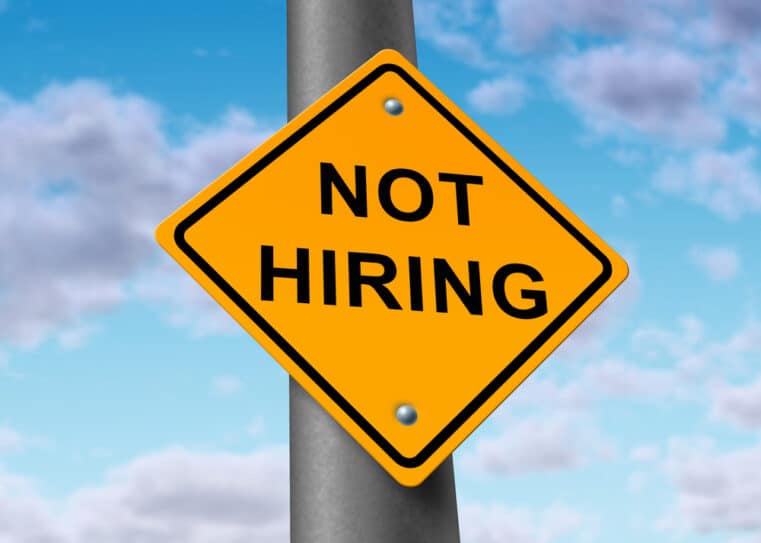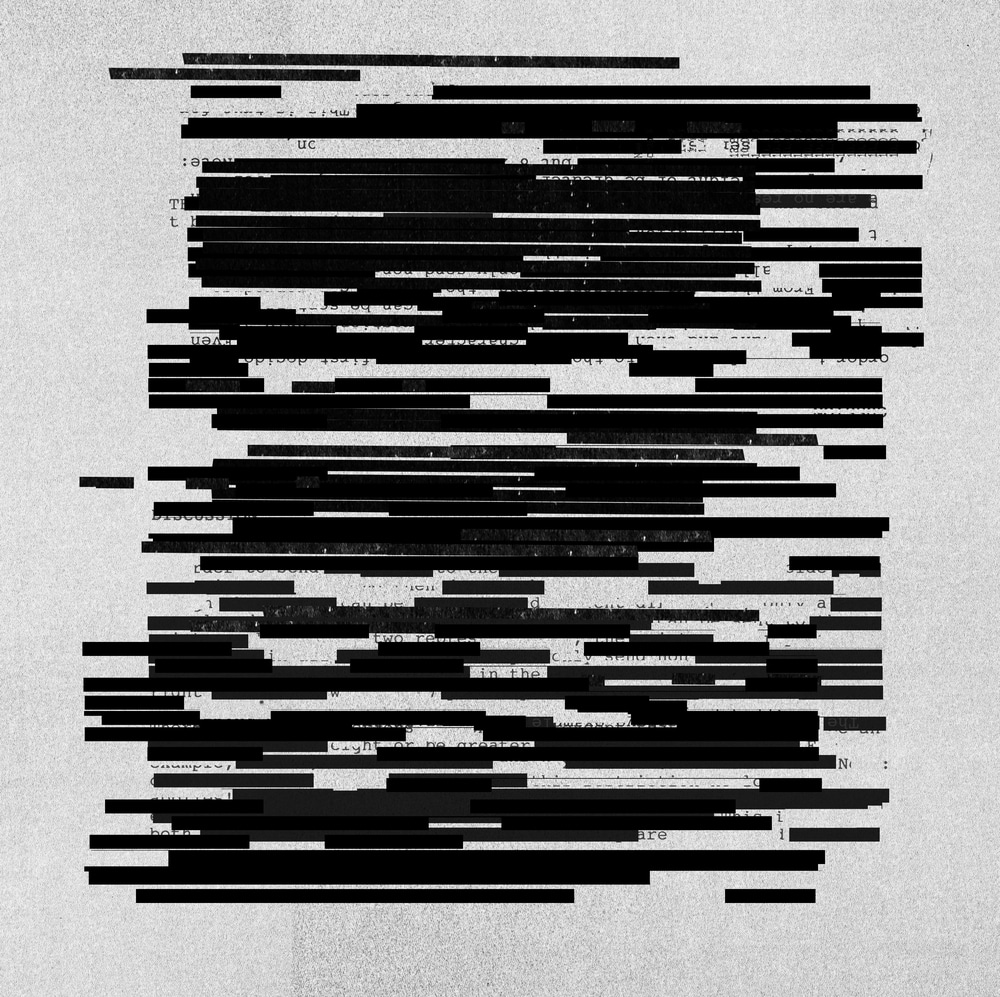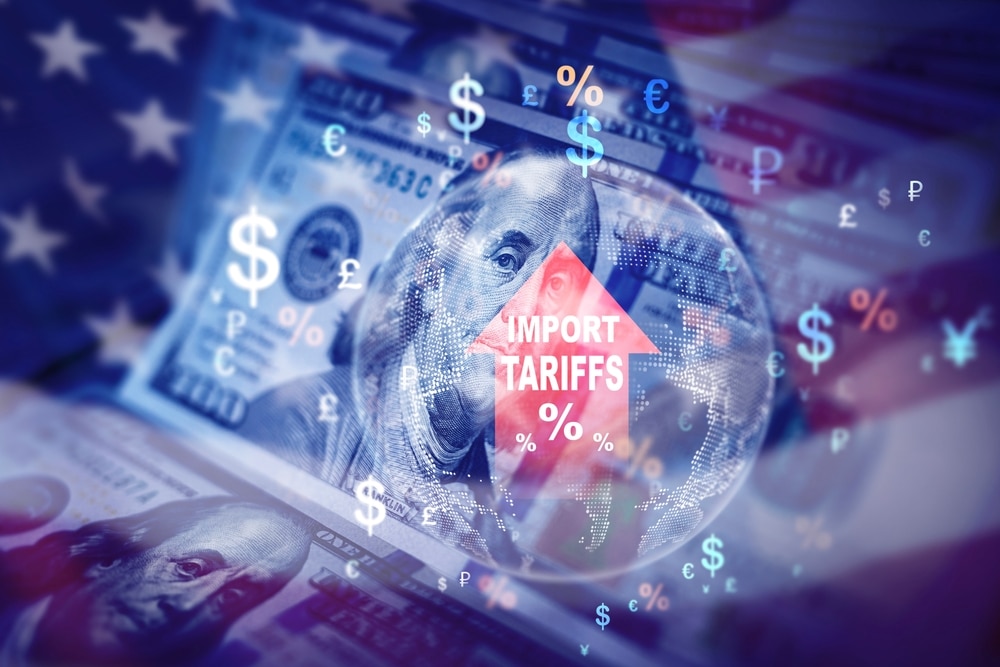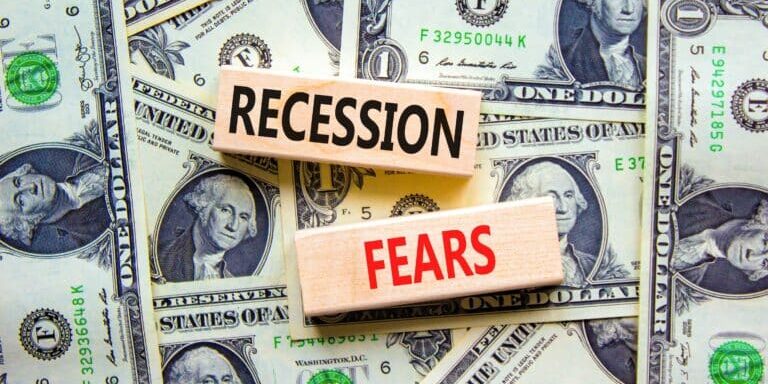
Are Recession Fears Overblown?
A group of eight academics determines when the United States has entered a recession. The indicators they rely upon to make that call point to an economy that is slowing, but which is not particularly close to outright contraction.
Why it matters: Recession talk reached a high boil in recent days, after a weak July jobs report and a bout of stock market volatility. But the broad range of indicators used to measure economic cycles looks decidedly less gloomy.
- They have, however, receded from the rapid growth seen over much of the last two years.
- And many are released with significant lags, which means they are telling us more about what was happening in the spring and early summer than right now.
The intrigue: The National Bureau of Economic Research's business cycle dating committee is the official arbiter of when economic expansions stop and recessions begin.
- The group waits until "sufficient data" is available before making the call to avoid any backtracking. That means the official recession call won't come until after it has already begun or — in the case of the pandemic recession — until it is already over.
The big picture: The committee puts the most weight on two indicators. The first is payrolls, which show the economy is still adding jobs, though at a slower clip. On average, 274,000 jobs per month were added in the second quarter of 2023. That cooled to 168,000 last quarter, a still-healthy rate of job gains.
- The NBER's second major recession indicator is real personal income growth excluding transfers (that is, adjusted for inflation and excluding income from government programs like Social Security and unemployment benefits). That has been positive in six of the last eight months, notching a 0.4% rise in May and 0.1% in June.
- It has, however, decelerated from last year's breakneck pace. It rose a whopping 0.8% in Q1 2023 and 0.2% in the second quarter of this year.
Between the lines: Two other indicators emphasized by the committee show activity is still growing. Consumer spending is rising. Real spending increased 0.6% in the most recent quarter — above the 0.2% seen in the same period a year ago.
- Industrial production has been bumpier, and in negative territory at times over the last year, but was up 0.9% in May and 0.6% in June.
"The U.S. economy has been remarkably strong recently and over the past two years, so when potential cracks start to show we should be cautious not to mistake them for certain doom," NerdWallet senior economist Elizabeth Renter wrote in a note Tuesday.
All of that raises the question of why recession talk about a downturn has been so elevated in recent days.
- Google Trends, for example, shows that the level of interest in the word "recession" was 17 times higher Monday morning, during the peak of market volatility, than it was Friday morning just before the jobs report came out.
One reason lies in a rule of thumb that has become a topic of extreme interest among economic commentators, known as the Sahm Rule.
- Invented by former Fed economist Claudia Sahm, it notes that a recession is likely to have started when the three-month average unemployment rate is at least 0.5 percentage point higher than its 12-month low.
- Others, including Goldman Sachs economists 24 years ago, have used slightly different arithmetic to make the same basic point: The unemployment rate pretty much never makes big upward moves in non-recessionary situations.
Yes, but: Modern economic data is less than 80 years old, a span encompassing 12 U.S. recessions. Just because something hasn't happened in those 12 business cycles doesn't mean it can't happen.
- And much about this pandemic-driven business cycle has been unusual, driven as it has been by supply-side developments rather than fluctuations in demand.
What they're saying: "A statistical regularity is what I'd call it," Fed chair Jerome Powell said last week in a news conference when asked about the possibility the Sahm Rule could be triggered (which indeed occurred Friday).
- "It's not like an economic rule where it's telling you something must happen," Powell said.
- "What the pandemic kicked off in terms of a business cycle is very unusual," Sahm told Axios last month.
The bottom line: There is real reason to worry that the U.S. economy could tumble in the months ahead, and Friday's jobs report was the biggest warning sign yet. But there is precious little evidence that a recession has already begun — and no guarantee that past patterns like the Sahm Rule apply now.
This article originally appeared on Axios

